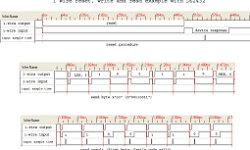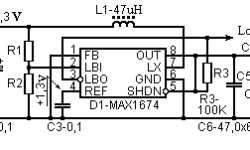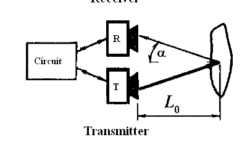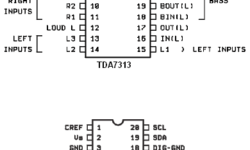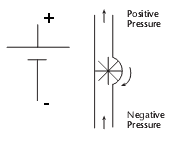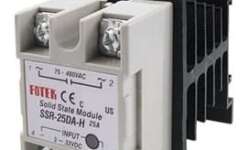Understanding and conversion different firmware file formats
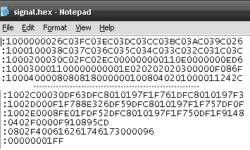
Without getting too deep in discussions about why there are several firmware formats and extensions used. But the fact is that you can face firmware files with extensions like BIN, HEX, or E2P. Let’s see how these files look like and how to convert between them. First of all, it is important to mention that all firmware files can be one of two types: Text files contain ASCII symbols (codes from 32h to FFh); Binary files contain all ASCII symbols including nonprintable symbols (00h to FFh). First advice – never rely on file extension as it can be any. All are inside the file. So how to define what’s inside the file and what format? One easy way is to open a file with a notepad and see how the contents 犀利士 look inside. Continue reading






